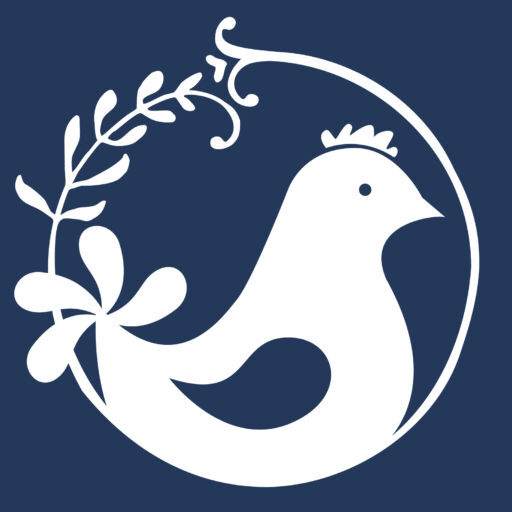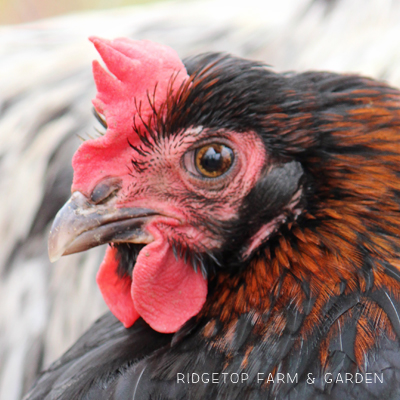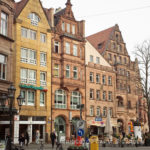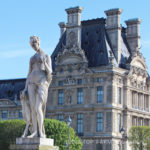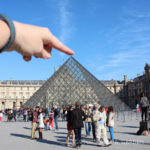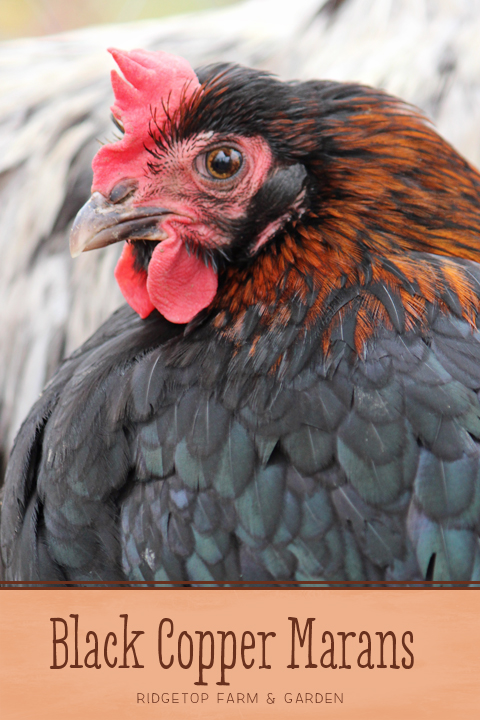
We have had Black Copper Marans for a few years. They are not my favorite breed. However, they do have a place in our flock.
We breed our Marans based on the French standard, as well as the APA, which means they have feathered shanks and toes.
• Dark Brown Eggs
• Black Copper Marans are the most popular Marans breed in France
• Black Copper Marans lay the darkest brown egg of the Marans breeds
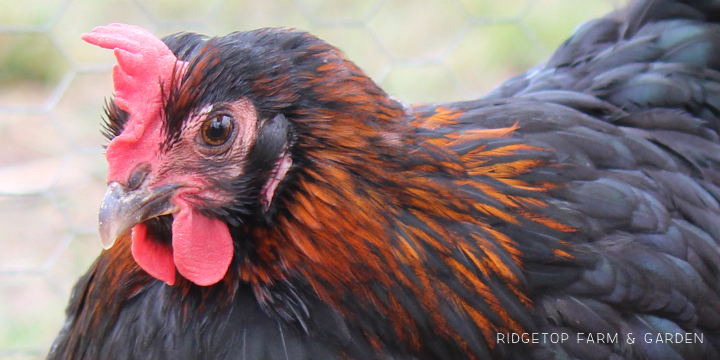
Coloring
COMB, FACE, EAR LOBES, & WATTLES: bright red
EYES: reddish bay
BEAK: dark horn
BODY, TAIL, & WINGS: black
HACKLE: copper
SHANKS & TOES: slate – lighter on cocks than hens; bottom of feet are pinkish white; feathers are black
Cocks should have copper on the head, hackle, and saddle feathers.
Left: This is a pretty hen with some copper hackle coloring.
Right: This lady is missing copper in her hackle feathers and should not be used for breeding. She still lays a beautifully dark egg, though.
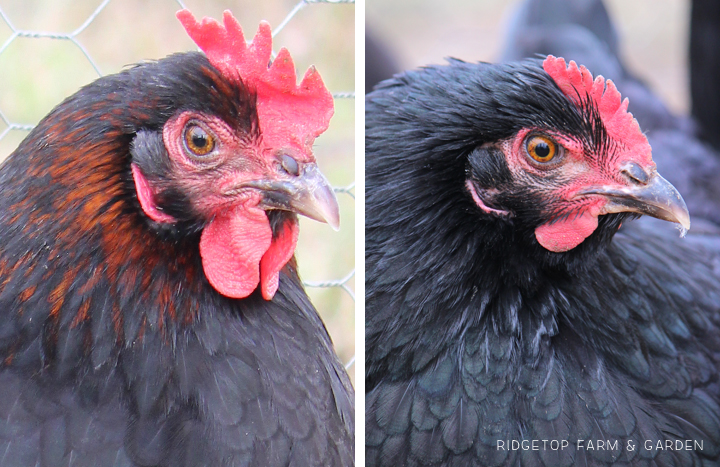
Feathered Shanks
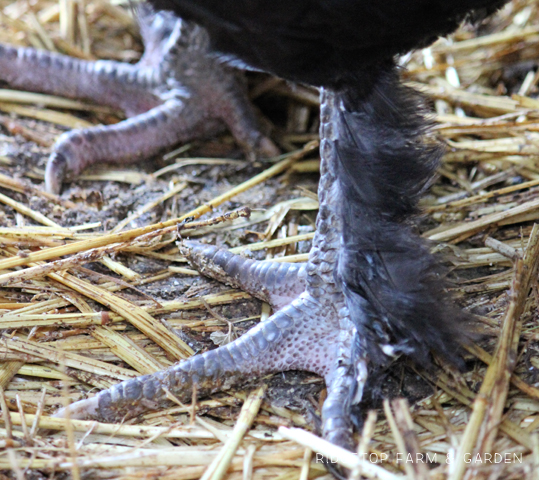
Chicks
About a week and a half old:
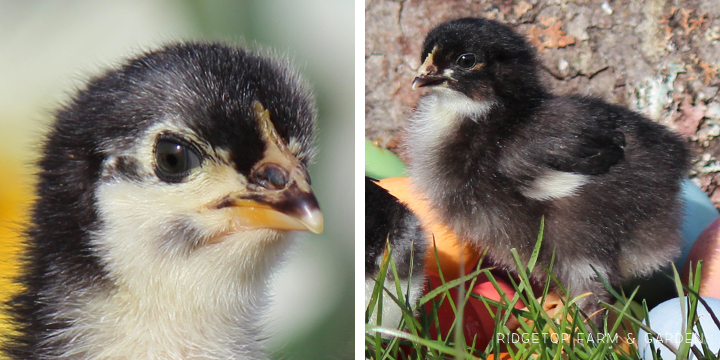
A little over 2 weeks:
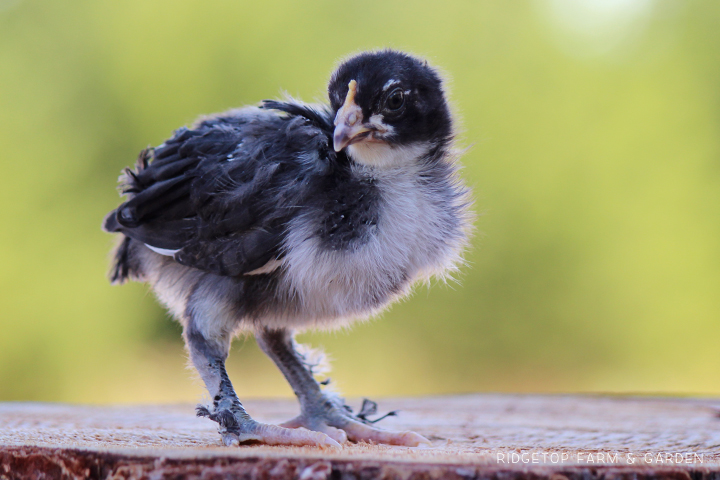
About 4 weeks:
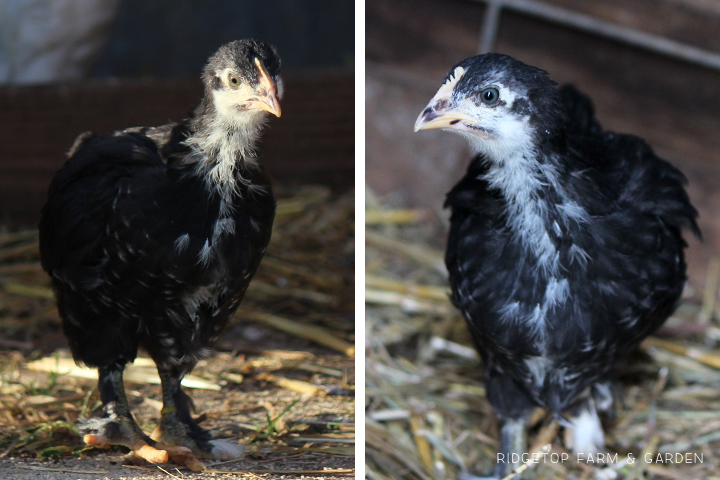
Hens
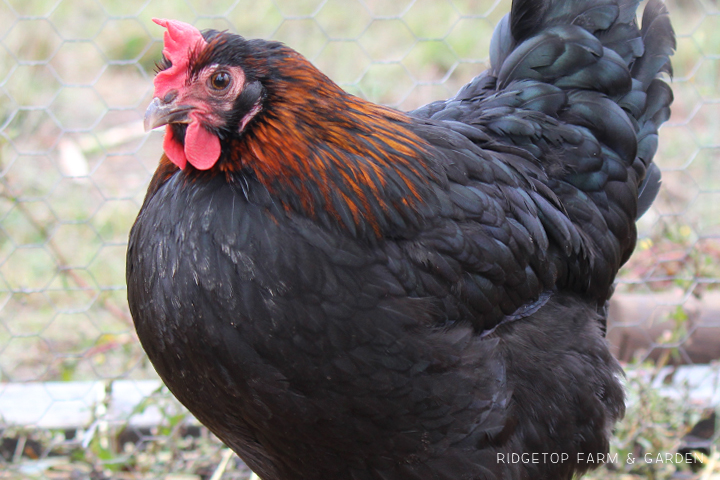
They are quite content spending the day foraging.
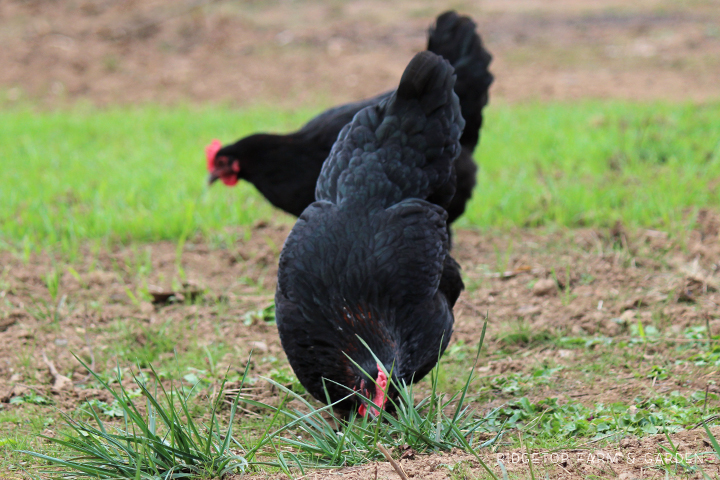
I’m not going to beat around the bush – Marans are not my favorite chicken breed. They aren’t real friendly, and they get irritated easily. You make one little change to their living environment and they quit laying for what seems like forever.
The two ladies in this photo are broody. In our experience, Black Copper Marans make horrible mothers. I won’t allow them to sit on eggs anymore. Unfortunately, they go broody fairly often during the warm weather months. We break them of it, which then ticks them off, making their egg laying inconsistent.
Even when they aren’t ticked off, they aren’t great layers.
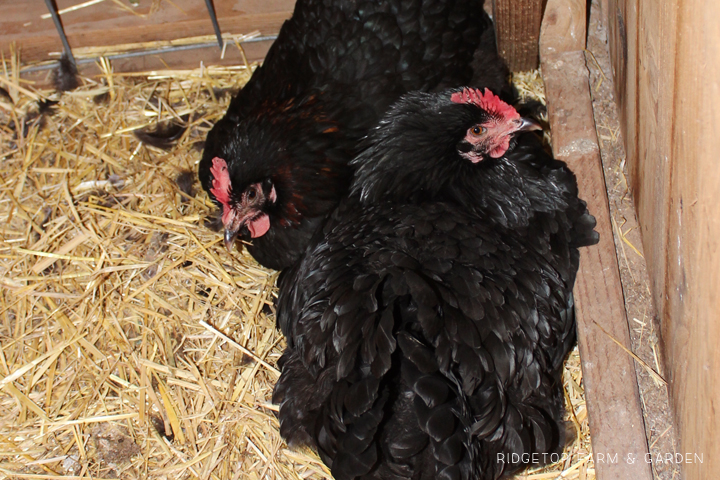
She has a lovely RBF:
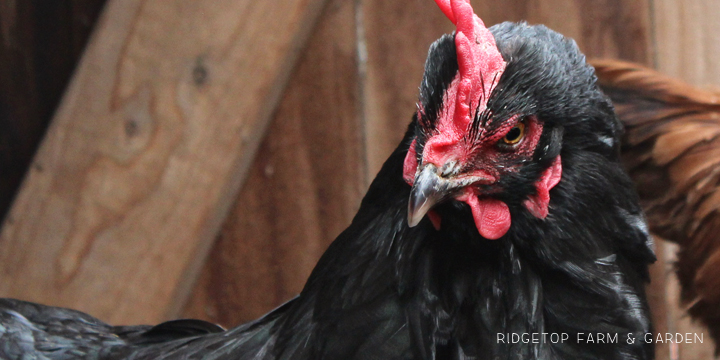
Eggs
Marans Eggs. The gorgeous Marans eggs.
The sole reason I have these beautiful, but bitchy, birds is for their dark brown egg.
You will notice these egg photos all have a dark brown egg. However, the darkness varies. The dark brown color can be different based on a few factors including the genetics of the bird and the time of year the egg was laid. Also, the lighting while taking the photos can alter the the appearance of the egg in photographs.
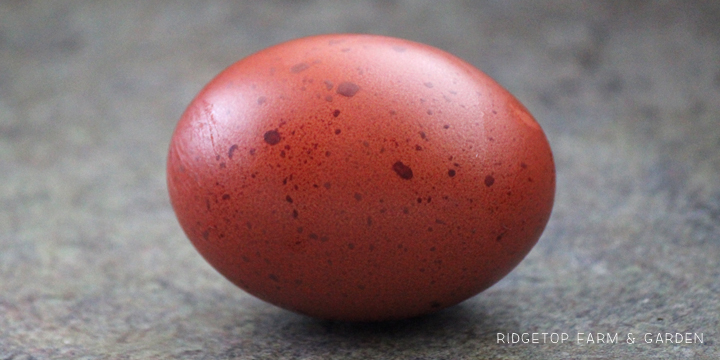
I love the addition of the dark brown egg to our egg basket, or in this case, egg bowl.
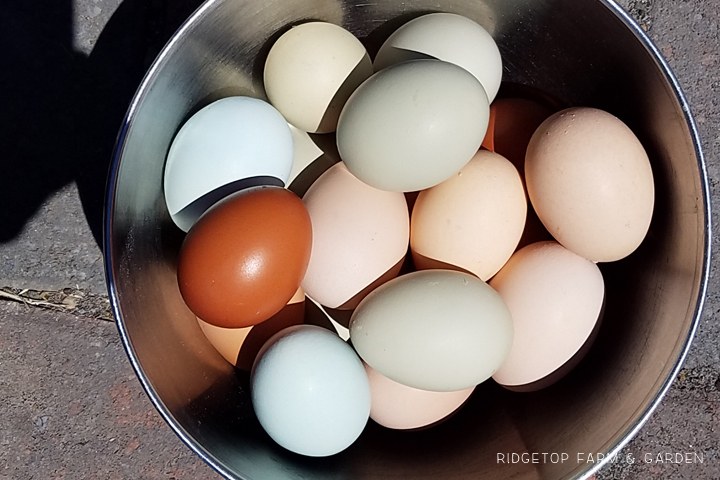
The inside of the velvety chocolate brown Marans egg is white?! Yep.
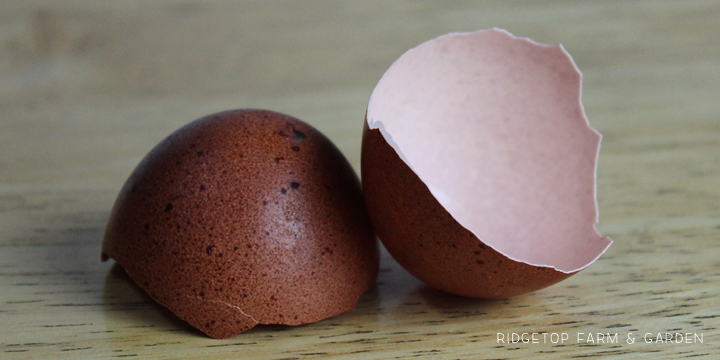
A Marans eggshell is white. The brown pigment is added to the outer shell during the laying process. Since this layer is “painted” on it can sometimes be scratched off, like in the middle egg in the photo below.
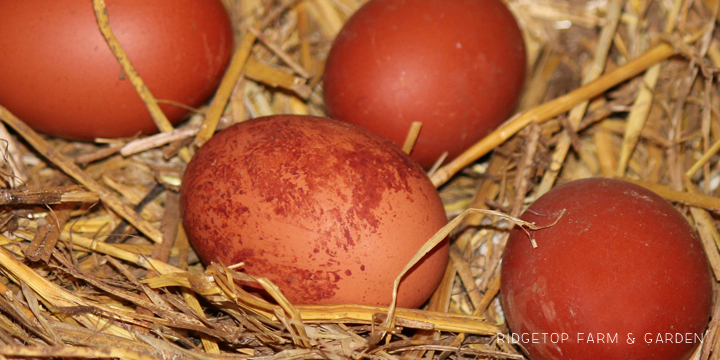
Marans Eggs in Paris
While in Paris a couple years ago, we wondered across an outdoor market. Primarily they seemed to be selling birds and flowers. It didn’t take me long to spy Marans hatching eggs for sale. I love that we saw those – combining the love of our farm and our love of traveling. ♥
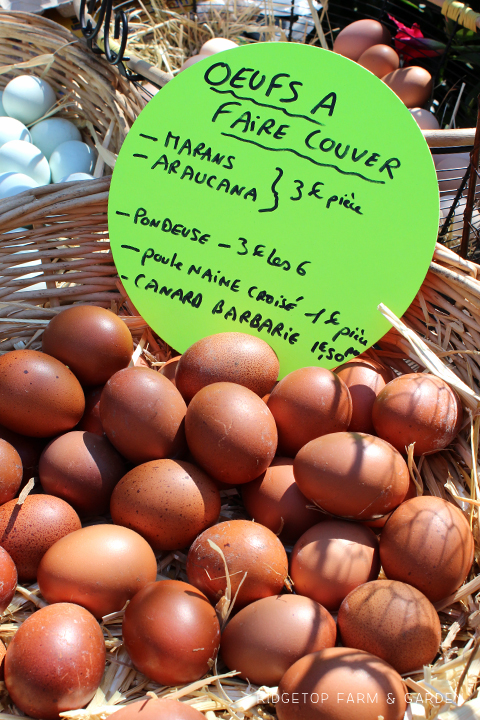
While Marans are not my favorite breed since they are temperamental and not great layers, I do have an appreciation for their uniqueness. They will be on our farm for quite some time, I’m sure.
